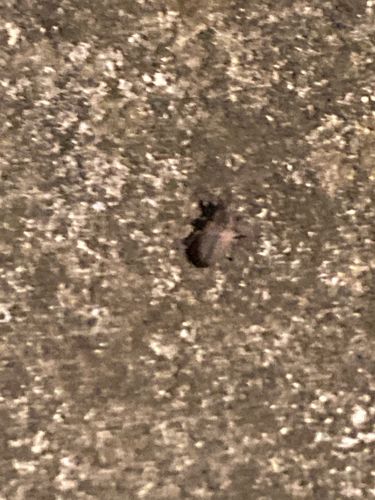Ant
Scientific Name: Formicidae
Order & Family: Hymenoptera, Formicidae
Size: Typically 2 to 20 mm, but some species can be larger.

Natural Habitat
Ants can be found in almost every terrestrial habitat type, including forests, deserts, grasslands, and urban environments. They often build nests in soil, under rocks, in wood, or even inside buildings.
Diet & Feeding
Ant diets are highly varied by species and can include nectar, seeds, fungi, other insects (live or dead), and honeydew produced by aphids. Many species are omnivorous.
Behavior Patterns
Ants are highly social insects that live in organized colonies, which can range from a few dozen individuals to millions. They exhibit complex behaviors such as division of labor, communal care of young, communication through chemical signals (pheromones), and elaborate nest building. They forage for food, defend their colony, and several species farm fungi or herd aphids.
Risks & Benefits
Risks: Some ant species can bite or sting, causing minor irritation or allergic reactions in sensitive individuals (e.g., fire ants). They can also be considered pests when they invade homes or gardens. Benefits: Ants play crucial roles in their ecosystems, including soil aeration, seed dispersal, nutrient cycling, and preying on other insects, which can help control pest populations. They are an important food source for many animals.
Identified on: 9/23/2025